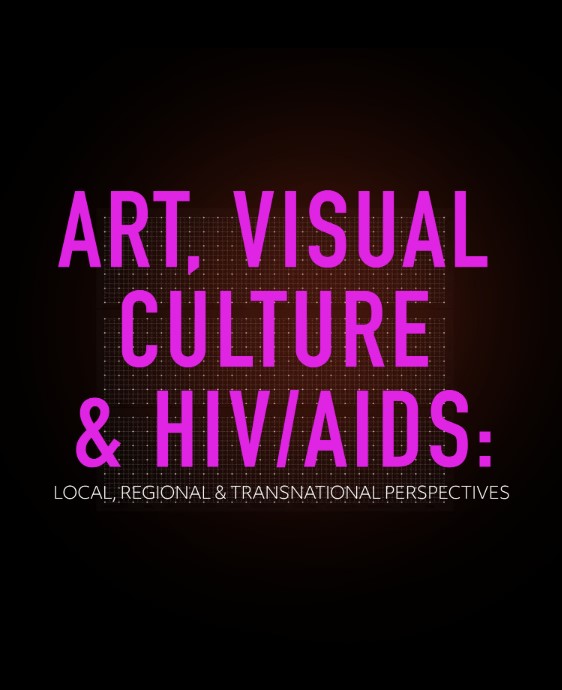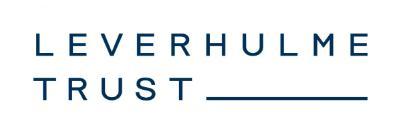
Art, Visual Culture and HIV/AIDS: Local, Regional and Transnational Perspectives
This event has now finished.
Event details
Registration for this event is now open.
How can attention to artistic practices and visual interventions from across the global mosaic of local contexts contribute meaningfully to the decentring of hegemonic narratives and research on art and HIV/AIDS? What new configurations of work from across both global south and north are necessary to re-assess the histories of this epidemic, and intervene in its ongoing present? This conference invites papers that examine the state of the field in the study of art, visual culture and HIV/AIDS, presenting recent or ongoing research projects that seek to complicate understandings of this vast area of contemporary life. The conference will be the summation of Theo Gordon’s Leverhulme Early Career Fellowship at the University of York, ‘Viral Landscapes: Art and HIV/AIDS in the UK’, a project which attends to the specificities of response to the epidemic in the British context, in an attempt to move from the dominance of the American story in Euro-American art history. The city of York has been the site of historic efforts to expand the frame of reference for HIV/AIDS, in Sunil Gupta and Tessa Boffin’s exhibition Ecstatic Antibodies: Resisting the AIDS Mythology (Impressions Gallery of Photography, 1990). This conference will build on this legacy in the new context of our present moment.
Recent years have seen a continued burgeoning of archival, curatorial and scholarly projects that account for artistic production and reception in varied international contexts, including the archive The Art of AIDS (2004-2020), examining Australia, South Africa, and the United States, and a series of large-scale survey exhibitions in Europe (2019-2024) that have largely cleaved to a Euro-American axis. Critics continue to call for analyses that complicate the divisions of ‘AIDS time’ to account for the varied pharmacological regimes of life under HIV/AIDS globally. So far, this work has had varied and uneven impact on curatorial and disciplinary practices, as the teaching of “art and the AIDS crisis” in Western universities still favours a handful of emblematic practices, and the dynamic relationships between artists, activists and public health workers remain under-examined. This conference asks, where do we go from here? What new approaches and methodologies might we need in order to connect stories of art and HIV between diverse times and spaces? Have artworks and artists already provided answers to questions that in some national contexts seem new, and in others, familiar and intractable? What new subjectivities are in formation, and how can the history of art and visual culture inform them now?
The agenda for the event can be found here.
Speaker Abstracts and Biographies can be found here.
Room locations for in person attendance:
Thursday 12th June: B/K/018 Dianna Bowles Theatre
Friday 13th June: BS/104 Treehouse

